Our CNC turning services handle complex threads, grooves, and tapers efficiently.
Ideal for prototypes, small batches, or large-scale production across a wide range of materials.With advanced multi-axis lathes, we ensure faster turnaround times and reliable results for every component.
CNC turning delivers accurate, high-quality cylindrical components for prototypes, small batches, and large-scale production.By rotating the workpiece against a stationary cutting tool, complex shapes, grooves, threads, and tapers are machined efficiently.Our advanced CNC lathes ensure tight tolerances, smooth finishes, and consistent results across metals, plastics, and composites.
Our CNC turning services produce high-quality cylindrical parts with exceptional precision. Advanced lathes rotate the workpiece while cutting tools shape it into the desired form. We can efficiently create complex features, such as threads, grooves, and tapers. Tight tolerances and consistent surface finishes ensure reliable and functional components.
Ideal for prototypes, small batches, and large-scale production runs. We work with a variety of materials, including metals, plastics, and composites. Expert engineering support guides every project for optimized design and reduced setup time. From automotive to medical industries, we deliver parts that meet exact specifications.
Gain access to high-quality surface finishing for custom CNC turned parts, enhancing both functionality and visual appeal. Our finishing processes remove imperfections, improve smoothness, and ensure consistent surface quality across every component. Additionally, superior surface finishes provide enhanced durability, resistance, and strength, making your turned parts more reliable and long-lasting.
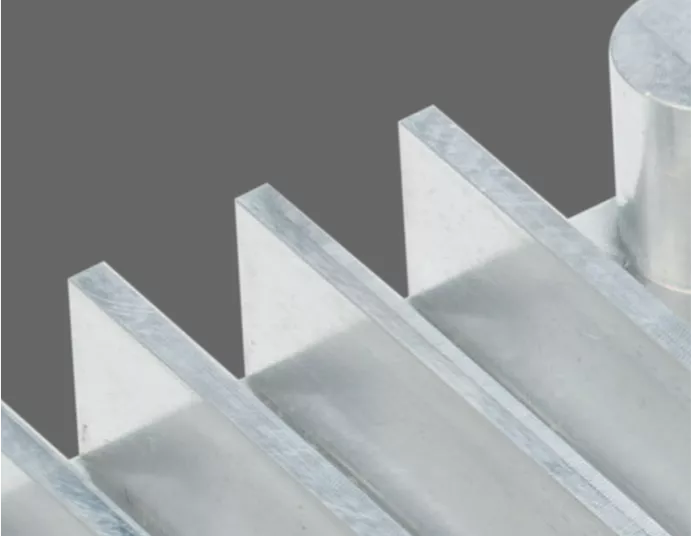
As machined finish leaves the surface straight from the CNC machine, providing a cost-effective option with tool marks.

Anodizing increases corrosion resistance and wear properties, while allowing for color dyeing, ideal for aluminum parts..
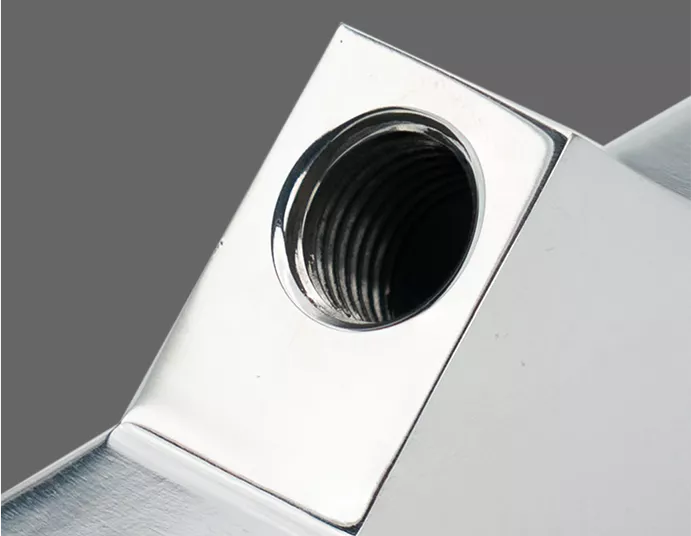
Polishing achieves a high gloss finish, reducing surface roughness and enhancing the aesthetic appeal of metals.

Sand blasting uses pressurized sand or other media to clean and texture the surface, creating a uniform, matte finish.
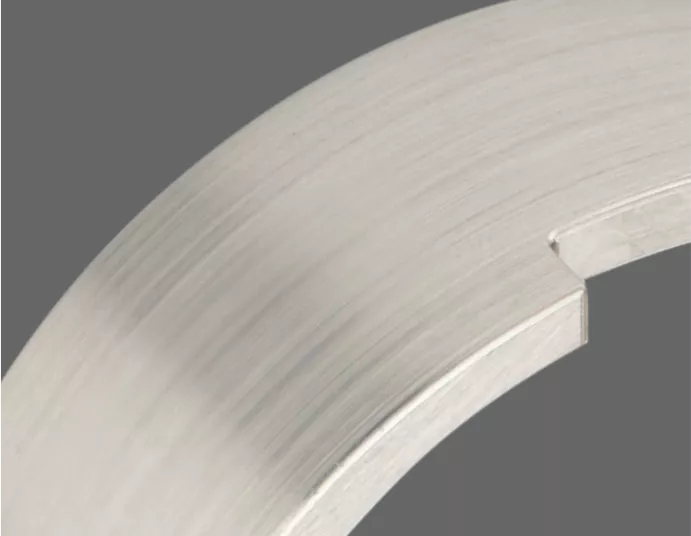
A brushed finish creates a unidirectional satin texture, reducing the visibility of marks and scratches on the surface.
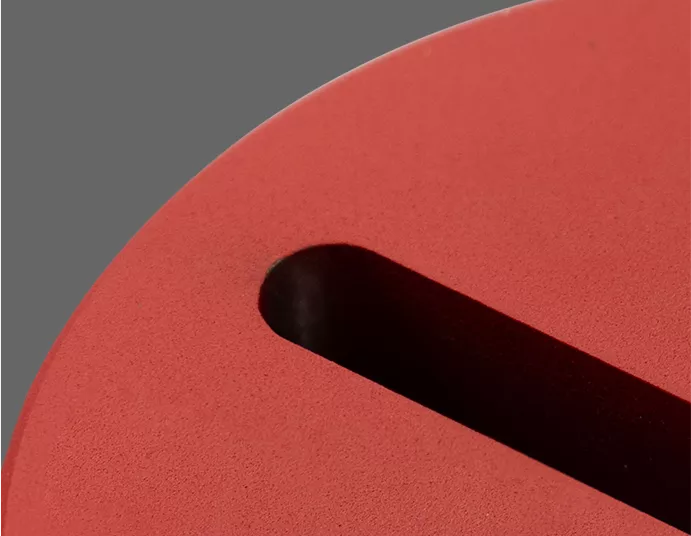
Powder coating applies a thick, wear-resistant layer with excellent color and texture options, suitable for a variety of surfaces.

Electroplating bonds a thin metal layer onto parts, improving wear resistance, corrosion resistance, and surface conductivity.
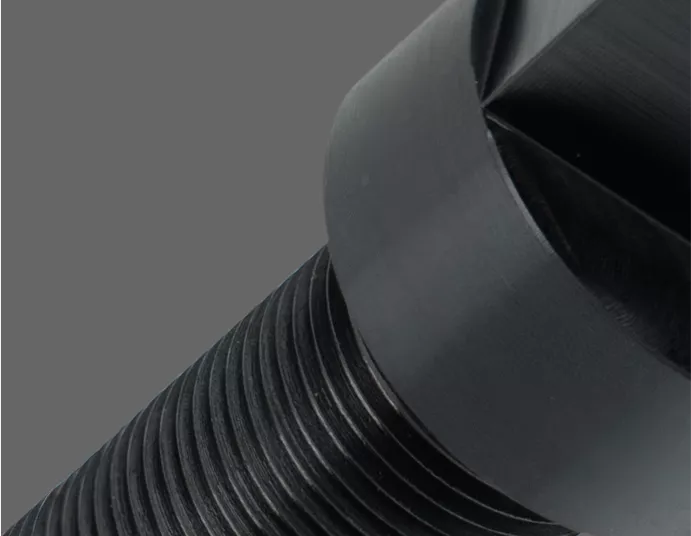
Black oxidize is a conversion coating for ferrous metals that improves corrosion resistance and minimizes light reflection.

Electropolish is a chemical process that smooths and brightens surfaces while improving corrosion resistance.

Alodine coating provides corrosion protection and improves paint adhesion, mainly used on aluminum surfaces.
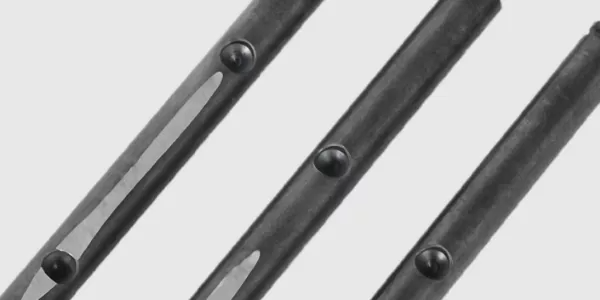
Alodine coating provides corrosion protection and improves paint adhesion, mainly used on aluminum surfaces.
From complex threads and grooves to smooth, durable surfaces, our advanced lathes deliver consistent, high-quality parts for prototypes, small batches, or large-scale production.
Achieve highly accurate cylindrical parts with tight tolerances and smooth finishes using advanced CNC lathes.
Efficient, accurate, and versatile machining solutions for all production needs.
Work with metals, plastics, and composites efficiently, whether for prototypes, small batches, or large-scale manufacturing.
CNC turning is a precise manufacturing method where the workpiece rotates while a stationary cutting tool removes material to create the desired shape. The process begins with a digital design, usually created in CAD software, which is then converted into a CNC program to control the lathe’s movements.
The workpiece is securely mounted on the lathe spindle, and the cutting tool shapes it by removing material along the programmed path. CNC turning can produce cylindrical parts with complex features such as threads, grooves, tapers, and stepped diameters with high accuracy.
Different turning configurations provide varying capabilities:
2-axis turning: The basic configuration moves the cutting tool along the X and Z axes for standard cylindrical parts.
Multi-axis turning: Adds additional axes for more complex geometries, angled features, or simultaneous operations.
Live tooling turning: Enables milling, drilling, or other operations while the part rotates, creating more intricate designs in a single setup.
This versatility makes CNC turning essential across industries, including automotive, aerospace, medical devices, and industrial machinery, providing precision, consistency, and efficiency in every component.
CNC turning is a manufacturing process where a workpiece rotates while a stationary cutting tool shapes it into precise cylindrical components.
CNC turning works with metals, plastics, and composite materials, depending on the tooling and machine configuration.
It produces cylindrical parts, including shafts, rods, threads, grooves, tapers, and other complex geometries.
Modern CNC turning machines achieve tight tolerances, smooth finishes, and consistent results for all components.
CNC turning rotates the workpiece against a stationary tool, ideal for cylindrical parts; CNC milling moves the tool to cut stationary workpieces, suitable for flat or complex shapes.